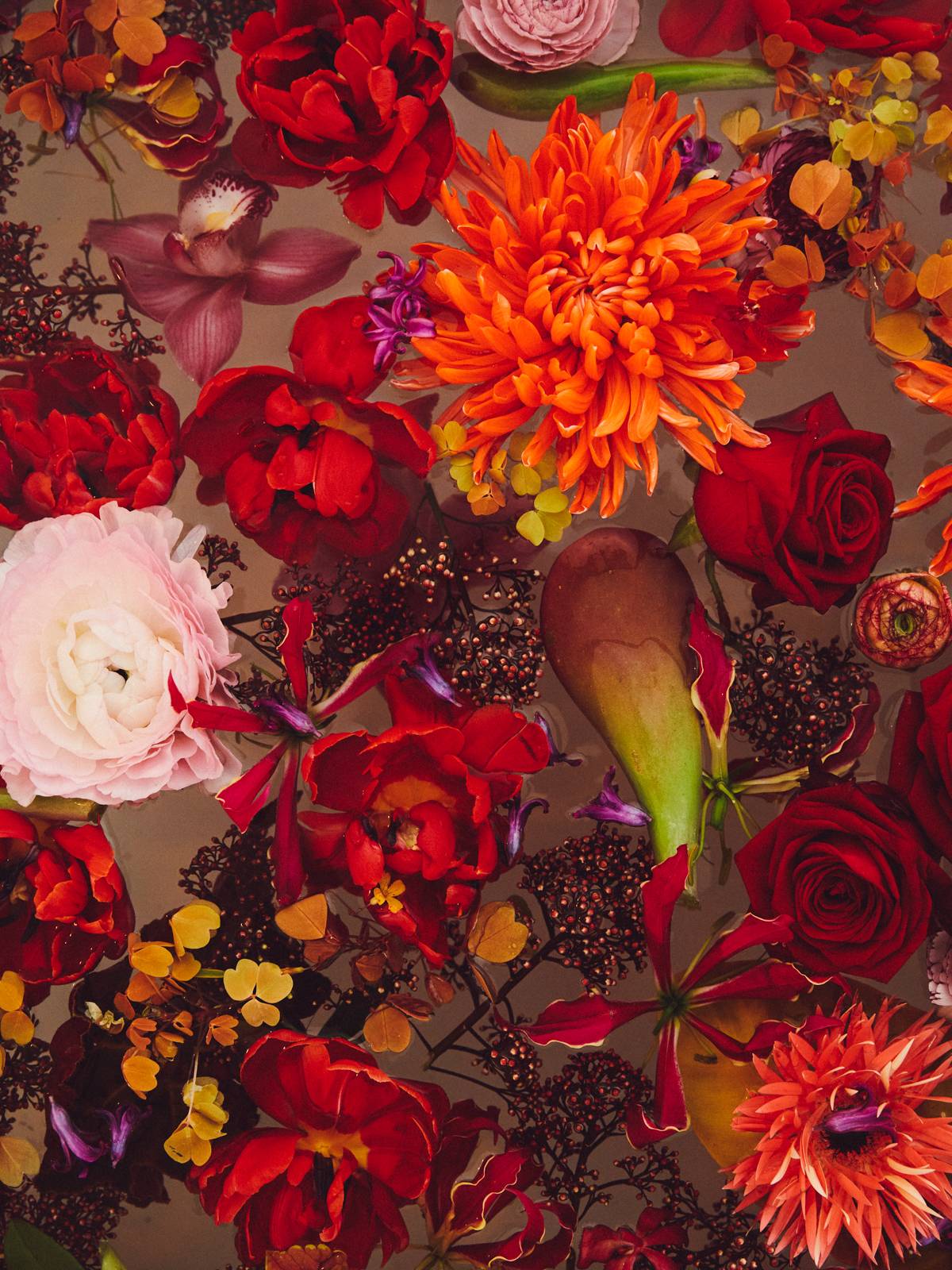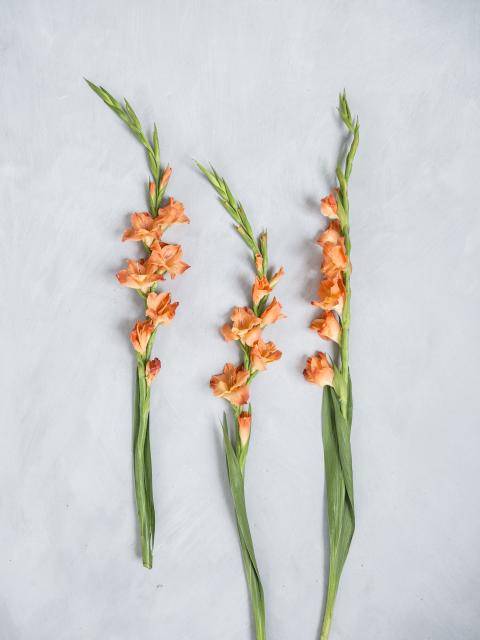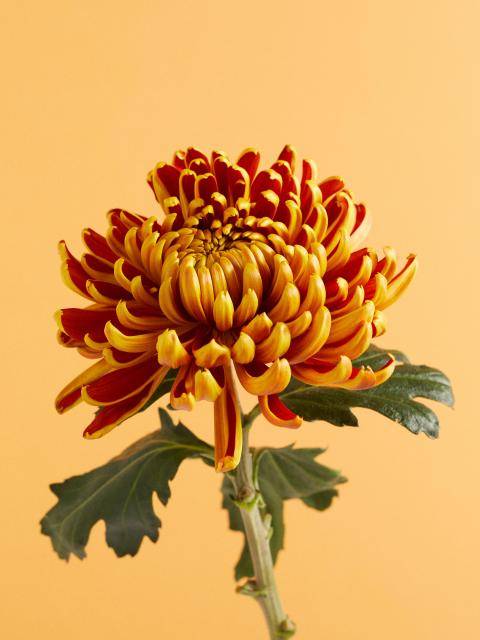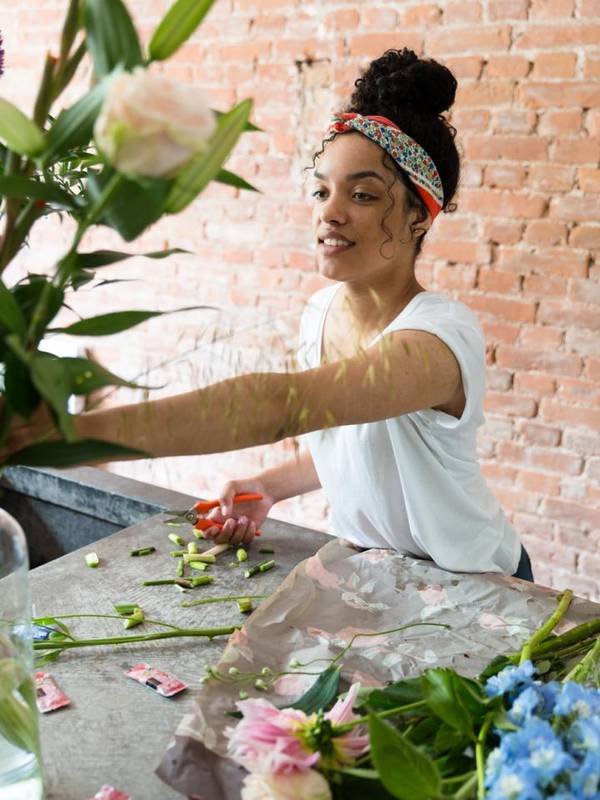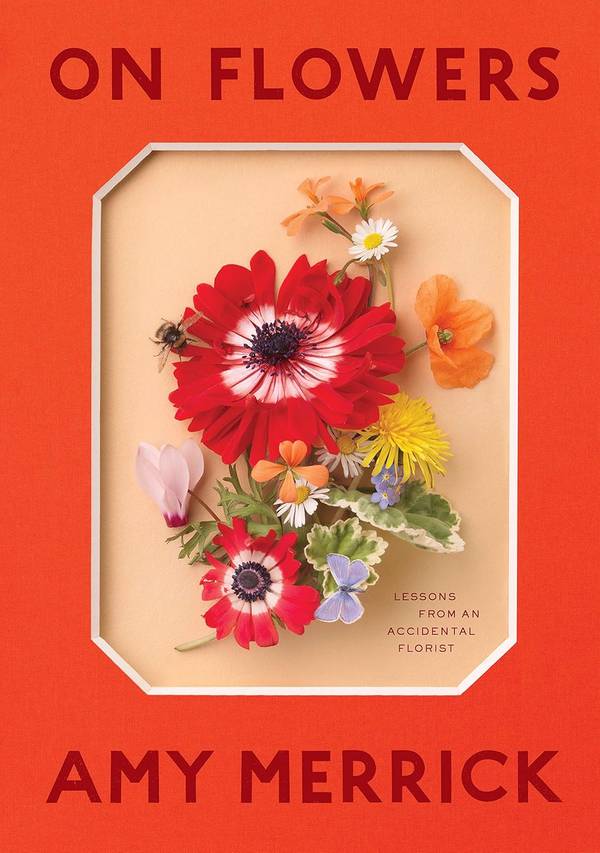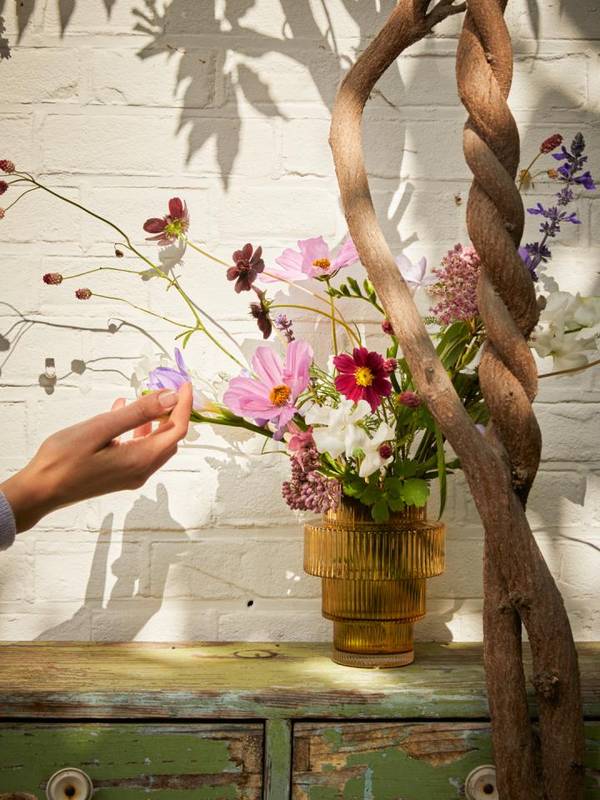
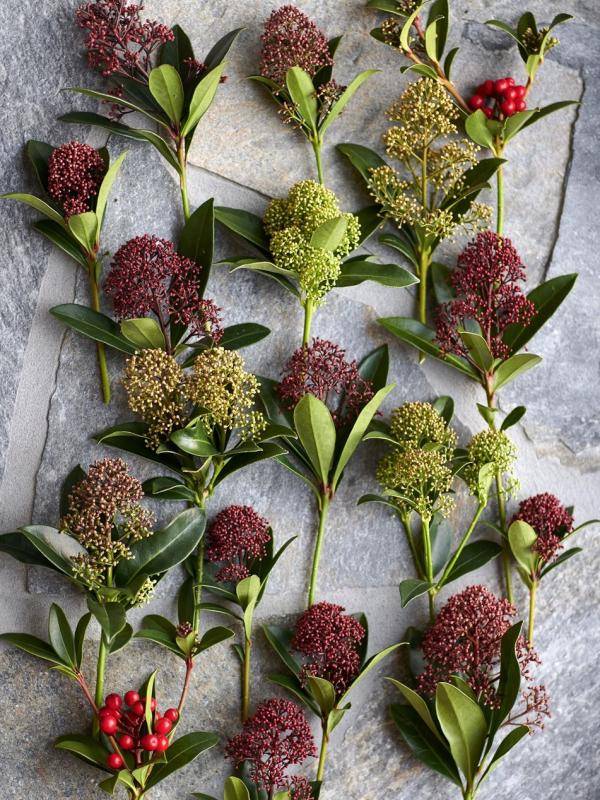
Care
- Skimmia prefers shade.
- Give them a clean vase with clean water.
- Add cut flower food to the water for a longer vase life.
- Trim 3-5 cm off the stems diagonally with a sharp and clean knife.
- Regularly top the vase up with tap water.
- Do not place your skimmia in a draught, in full sun, near a heater or next to the fruit bowl.
You can enjoy the appearance of this Skimmia (full name Skimmia japonica 'Pabella’) endlessly. The berries change colour in autumn from green to bright red. And unlike many other berry-bearing plants, birds and small garden mammals are not particularly fond of the berries, so they remain on the plant for a nice long time. The plant reaches a maximum height of 100 to 125 centimetres, and can be planted both in beds and in pots, containers and tubs. If you place it in a pot, ensure adequate drainage: too much moisture is one of the few things your Skimmia can’t cope with.
Colours and shapes
If you like light colours, opt for Skimmia in the spring. At that time the berries are still green with hints of yellow. If you favour the darker shades then autumn’s warm, claret -coloured Skimmia is highly recommended. And unlike many other berry-bearing plants, birds and small garden mammals are not particularly fond of Skimmia’s berries. So they stay on the plant for a nice long time.
Symbolism
Sadly little is known about Skimmia’s symbolism. We know that it can tolerate cold well, does not give up easily and changes colour with the seasons. So as far as we’re concerned it’s a really resilient character with a fine sense of style.
Origin
The name was created in 1784 from 'Miyama shikimi’, the Japanese name for Skimmia. Skimmia is a member of the rue family (Rutaceae), which also includes citrus trees. The family resemblance is clear from the leaves: if you crush them, they release a citrus fragrance. In the wild Skimmia grows in the forests of China and other parts of Asia such as the Himalayas.
